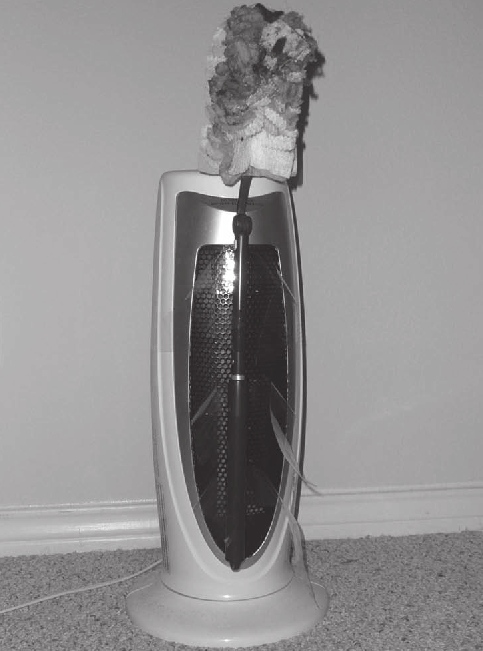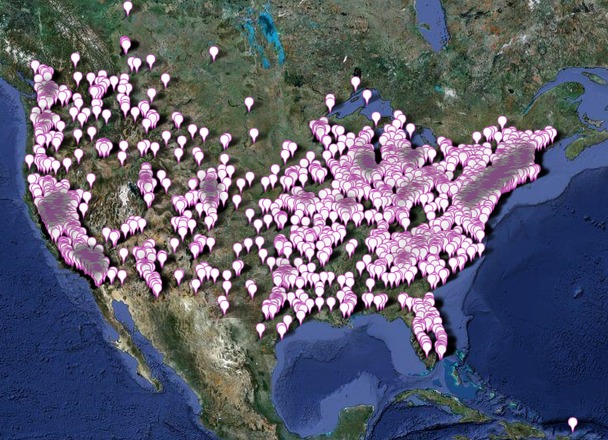We have always been a bit miffed that whole house fans are not eligible for an Energy Star rating. It was always our impression that the feds were too busy to find the time to recognize and certify one of the best energy saving technologies around. (That’s a Whole House Fan, BTW) So it came as a pleasant surprise, to see that one arm of our government (the GAO Government Accountability Office) was doing its job.
The folks at the GAO submitted several bogus products to test just how carefully the EPA (administrators of the Energy Star Certifcation) examined products and claims. Now, this is where it would be funny if it wasn’t true. Here is one product they submitted:


What are the lessons to be learned:
- Make real standards for energy efficiency.
- Verify performance is to those standards.
- Fire somebody !
Hats off to the GAO people ! Not so much for the EPA.
See the whole report at: http://www.gao.gov/new.items/d10470.pdf





